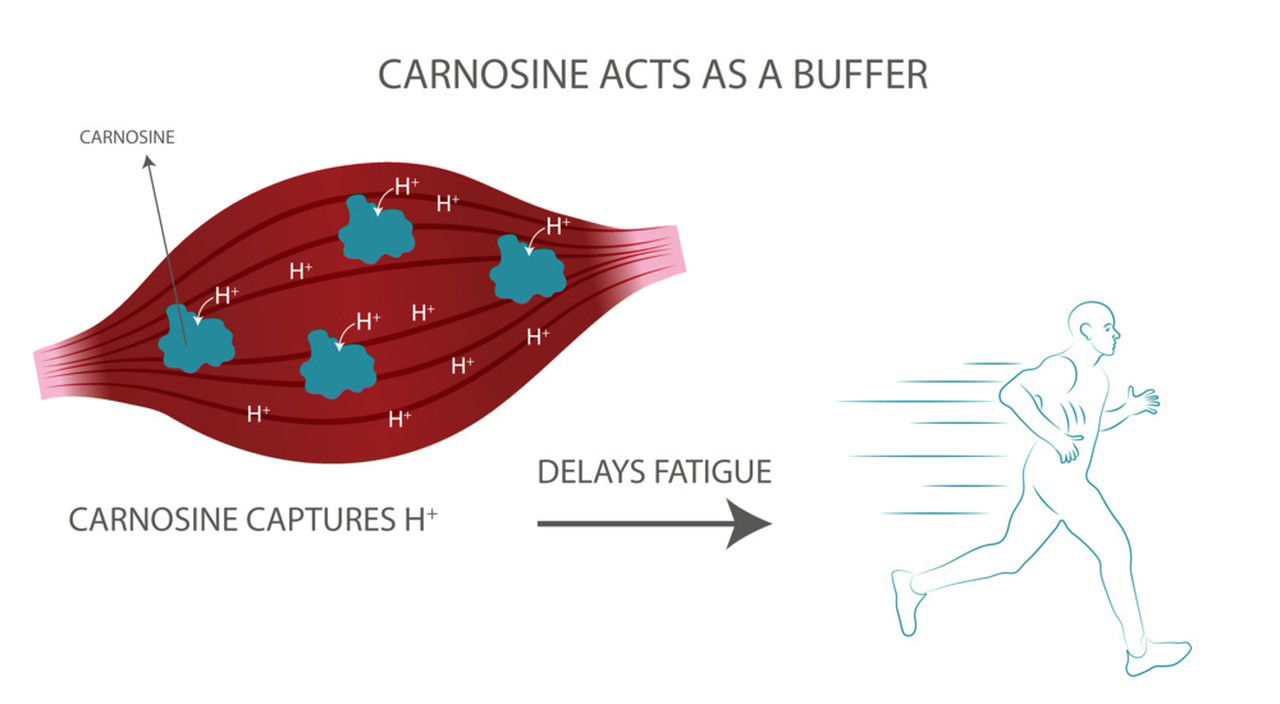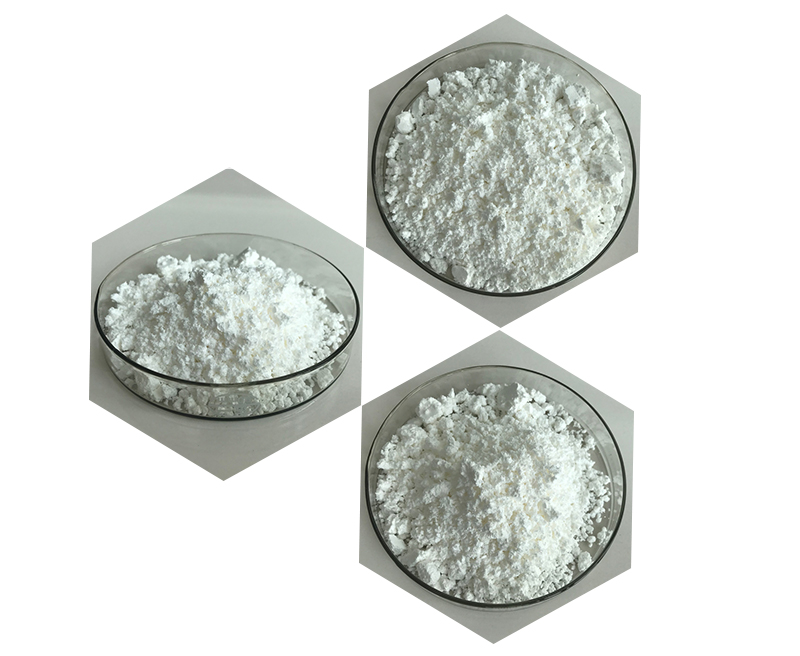L-Carnosine is a dipeptide composed of the amino acids beta-alanine and histidine. It is naturally found in high concentrations in skeletal muscles, the heart, and the brain. L-Carnosine has been studied for its potential health benefits, including antioxidant and anti-aging properties.
Here is a general overview of the materials and methods involved in the production and study of L-Carnosine:
Synthesis of L-Carnosine:
Materials:
Beta-alanine
Histidine
Solvents (e.g., water, ethanol)
Catalysts (if applicable)
Methods:
The synthesis of L-Carnosine typically involves the condensation reaction between beta-alanine and histidine in the presence of appropriate solvents and, if needed, catalysts.
The reaction conditions, such as temperature and pressure, may vary based on the specific synthesis method chosen.

Purification of L-Carnosine:
Materials:
Chromatography columns
Solvents
Purification resins or gels
Methods:
After synthesis, L-Carnosine may undergo purification processes to remove impurities and unwanted by-products.
Chromatography techniques, such as high-performance liquid chromatography (HPLC), may be employed to isolate and purify L-Carnosine.
Analysis and Characterization:
Materials:
Analytical instruments (e.g., HPLC, mass spectrometry)
Reagents for testing (e.g., pH indicators)
Methods:
Analytical methods are used to confirm the identity, purity, and concentration of L-Carnosine.
Techniques like HPLC can be utilized for quantitative analysis, while mass spectrometry can confirm molecular weight.
Formulation and Dosage Forms:
Materials:
Excipients (e.g., fillers, binders)
Encapsulation materials (if used in capsules)
Methods:
L-Carnosine can be formulated into various dosage forms such as tablets, capsules, or powders for ease of consumption.
Excipients are added to enhance stability, solubility, and bioavailability.

Biological Studies:
Materials:
Cell cultures or animal models
L-Carnosine samples for testing
Methods:
Biological studies involve assessing the effects of L-Carnosine on living organisms.
Cell cultures or animal models are treated with L-Carnosine, and various assays may be conducted to evaluate antioxidant activity, anti-aging effects, or other relevant parameters.
It’s important to note that the specific details of materials and methods can vary based on the intended use of L-Carnosine, whether it be for research, dietary supplements, or pharmaceutical applications. Additionally, adherence to ethical guidelines and regulatory standards is crucial in any study involving the use of L-Carnosine.
